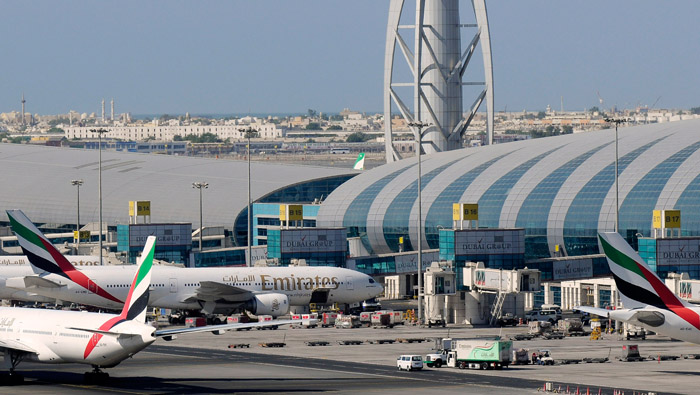
Muscat: Middle East airlines had the strongest year-over-year passenger demand in January this year at 10.9 per cent, helped by ongoing network and fleet expansion. Capacity rose 12.9 per cent and load factor dipped 1.4 percentage points to 77.8 per cent, according to International Air Transport Association (IATA)
January international passenger traffic rose 7.3 per cent compared to the year-ago period. Capacity rose 5.9 per cent and load factor rose 1percentage point to 78.8 per cent%. All regions recorded year-over-year increases in demand, says IATA note.
“January maintained the strong traffic growth trend seen in 2015, showing the resilience of demand for connectivity despite recent turmoil in equity markets. The record load factor is a result of strong demand for our product and airlines making the most productive use of their assets,” said Tony Tyler, IATA director general and chief executive officer.
“Underlying conditions point to another strong year for passenger traffic, with the latest decline in oil prices likely providing additional stimulus for air travel growth,” Tyler added.
The IATA said that global passenger traffic results for January 2016 showing demand (revenue passenger kilometers or RPKs) rose 7.1 per cent compared to January 2015. This was ahead of the 2015 full year growth rate of 6.5 per cent. January capacity rose 5.6 per cent, with the result that load factor rose 1.1 percentage points to 78.8 per cent, the highest load factor ever recorded for the first month of the year.
In the Asia Pacific regions, airlines recorded an increase of 10.3 per cent compared to January 2015. Capacity rose 7.6 per cent, pushing up load factor 2 percentage points to 79.2 per cent. A 7.3 per cent increase in the number of direct airport connections within the Asia region over the past 12 months or so has helped to stimulate demand.
European carriers’ international traffic climbed 4.2 per cent in January compared to the year-ago period. Capacity rose 2.6 per cent and load factor rose 1.2 percentage points to 78.8 per cent. Airline strikes and the shutdown of Russia’s Transaero caused the region’s traffic to fall in the last quarter of 2015. Volumes have picked up somewhat in recent months.
In the African region, airlines saw January traffic jump 12.1 per cent compared to January 2015. This continues the strong upward trend in travel since mid-2015 that coincides with a jump in exports from the region over the same period. With capacity up 8.2 per cent, load factor rose 2.5 percentage point to 71.3 per cent.
North American airlines saw demand rise 2.4 per cent in January over a year ago. Capacity rose 1.3 per cent, pushing up load factor 0.8 percentage points to 80.3 per cent. North American international traffic growth was weakest among the regions, as carriers have focused on the stronger and larger domestic market.
Latin American airlines’ traffic climbed 8.9 per cent in January. Capacity rose 7.8 per cent and load factor increased 0.8 percentage points to 82.5 per cent, highest among the regions. Domestic traffic remains under pressure from economic difficulties in the region’s biggest economies, notably Brazil, but the strong growth in international demand shows little sign of slowing.
In the domestic market, air travel rose 6.8 per cent in January year-on-year. Capacity rose 5.1 per cent and load factor was 78.9 per cent, up 1.3 per cent percentage points.
India’s domestic air travel soared 22.9 per cent in January compared to a year ago. Growth is being propelled by the comparatively strong domestic economy and increases in air services. The Indian market overtook both Australia and Japan during 2015 and is currently level with Russia at around 1.2 per cent of global RPKs.
Russian domestic traffic slipped 2 per cent in January. Despite the decline, the Russian domestic load factor reached an all-time January high as capacity fell at a faster rate, suggesting that local carriers have absorbed traffic affected by the shutdown of Transaero.